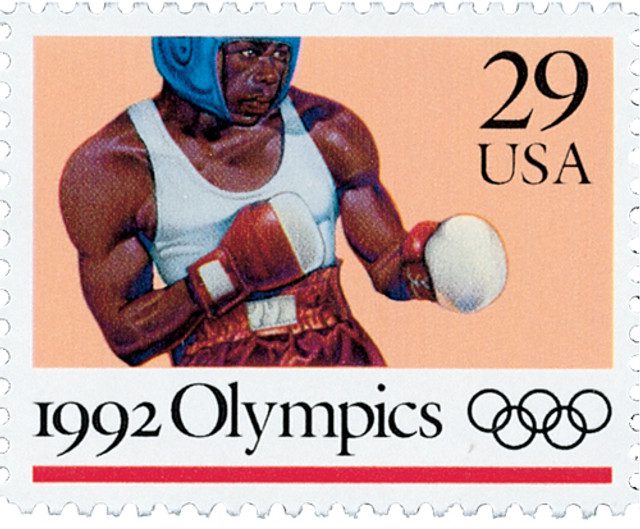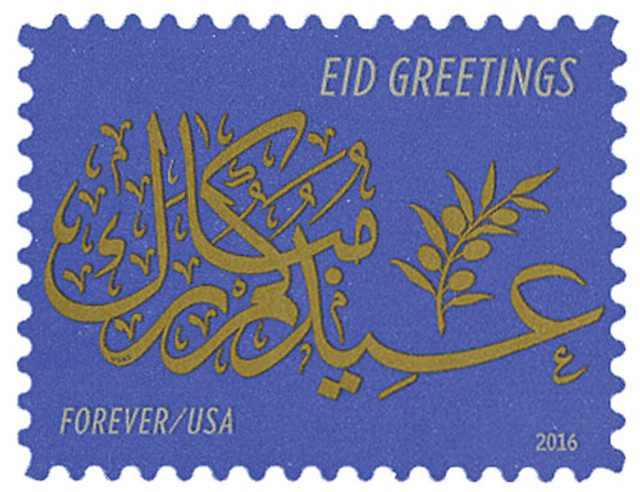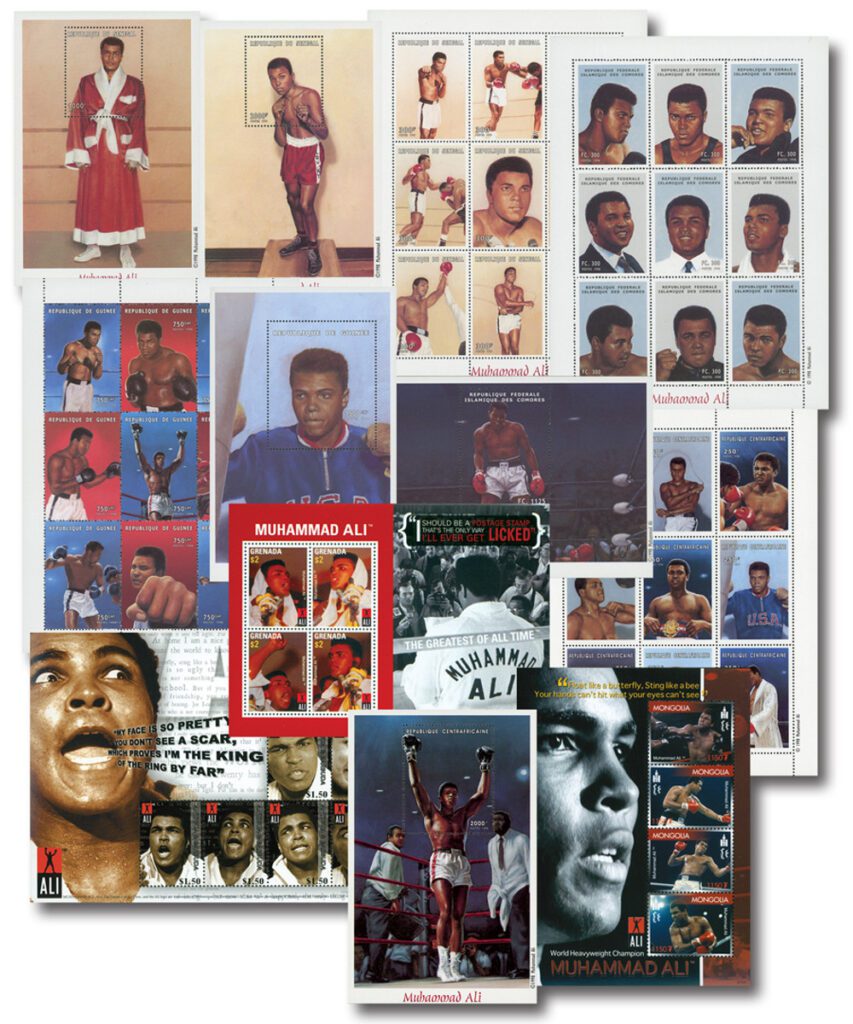On October 30, 1974, Muhammad Ali faced off against heavyweight boxing champion George Foreman in one of the most famous matches in sports history—the “Rumble in the Jungle.”
Muhammad Ali was born Cassius Marcellus Clay Jr. on January 17, 1942, in Louisville, Kentucky. He began boxing at age 12 after his bicycle was stolen—he vowed to learn how to fight so he could “whup” the thief if he ever found him. That determination quickly turned into passion and talent. As an amateur, he won six Kentucky Golden Gloves titles, two national Golden Gloves, and a gold medal at the 1960 Rome Olympics in the light heavyweight division—all before his 19th birthday.

Turning professional later that same year, Clay brought something new to heavyweight boxing—speed, style, and swagger. He wasn’t just powerful; he was graceful, often dancing around opponents who were heavier and slower. In his first three years as a pro, he went 19–0, dazzling fans and frustrating rivals with his quick reflexes and playful taunts. Before matches, he’d predict the round he’d win in, reciting catchy rhymes like “float like a butterfly, sting like a bee—the hands can’t hit what the eyes can’t see.”

In 1964, the 22-year-old fighter challenged world heavyweight champion Sonny Liston. Many thought Clay was too young and brash to stand a chance, but he shocked the world when Liston failed to come out for the seventh round. Clay became the youngest boxer to win the heavyweight title from a reigning champion. Shortly after, he announced his conversion to Islam and his new name: Muhammad Ali. In their 1965 rematch, Ali knocked out Liston in the first round—a stunning victory that solidified his reputation as both athlete and showman.

Ali’s career, however, would soon be interrupted by controversy. In 1967, during the Vietnam War, he refused enlistment into the US Army, citing his religious beliefs and opposition to the war as a conscientious objector. For his stance, Ali was stripped of his titles, banned from boxing for three years, and convicted of draft evasion (a decision later overturned by the US Supreme Court in 1971). Despite losing some of his prime years in the ring, his defiance made him a symbol of conviction and courage beyond sports.
When Ali returned to boxing, he was still determined to reclaim his crown. On March 8, 1971, he faced Joe Frazier in what was billed as the “Fight of the Century.” After 15 grueling rounds, Frazier handed Ali his first professional loss. The two would meet again twice more—with Ali winning both rematches. Their third bout, “The Thrilla in Manila” in 1975, remains one of the most intense fights in boxing history.

But before that legendary third meeting, Ali had another obstacle—George Foreman, the undefeated powerhouse who had easily beaten both Frazier and Ken Norton. The fight between Ali and Foreman, “The Rumble in the Jungle,” was held in Kinshasa, Zaire (now the Democratic Republic of Congo) on October 30, 1974. Foreman entered as the heavy favorite, with most experts predicting an easy win.

Ali, however, had a plan. Using what he later called the “Rope-a-Dope” strategy, he leaned against the ropes and let Foreman throw punch after punch, conserving his own energy while tiring out his opponent. Then, in the eighth round, Ali seized the moment—landing a combination that knocked Foreman to the canvas. The crowd erupted as Ali reclaimed the world heavyweight title, once again proving his critics wrong.
Over his remarkable career, Muhammad Ali defeated every top heavyweight of his era—Frazier, Foreman, Liston, Norton, and many others. He became a three-time world heavyweight champion, an honor no one had achieved before him.
Beyond the ring, Ali became a global icon, known for his activism, humor, and humanity. He was named Fighter of the Year six times, Sportsman of the Year by Sports Illustrated, and received the Presidential Citizens Medal and Presidential Medal of Freedom.
Click here for more Muhammad Ali stamps and coins.
| FREE printable This Day in History album pages Download a PDF of today’s article. Get a binder or other supplies to create your This Day in History album. |
Discover what else happened on This Day in History.




He floated like a butterfly in the ring and won,kudos.
Why can’t these be posted on Facebook?
Missing was the fact that Ali’s crown was taken away from him for his refusal to go into the Vietnam War. This was the only time a champion last his crown out of the ring.
Point – Muhammad Ali filed for conscientious objector status and was refused. He appealed and lost the court case and went to jail. I respect a man of conviction.
Enjoy your daily notes, but this one contains a major error. Ali only fought George Foreman once, and his third fight with Joe Frazier (not Foreman) was dubbed the Thrilla’ in Manila, one of the all-time greatest fights.
As I recall, he beat Liston in the first round of the re-match, not the 4th. Hit him at the opening bell and Sonny went down like a ton of bricks. One of the shortest bouts on record.
Although informative I’d rarther see US stamps presented.
Someday Ali, “The Champ”, as my Dad called him when he interviewed him, will be on a US stamp for sure. Also someday Will a lot of people walking around today. Just have to meet certain rules.
The “Thrilla in Manila” was fight Number III between Ali and Frazier (not Foreman), which Ali won (“the closest thing to death” in humid and fatigued ring according to Ali) — Ali only fought Foreman one time (“Rumble in the Jungle”) and won on his rope-a-dope strategy.
Bob Dylan wrote and sang a fine song about boxing. Its tile was “Who Killed Davy Moore”?
First, this was a great article about a true champion of the world of boxing, despite the fact that I do not like contact sports where there is definitive proof that it is very harmful to the health of those participating in them; that is their choice and I respect that.
Secondly, good catch on the part of TDIH readers, regarding the errors made about who fought whom, etc., that is good to know, and I am sure Mystic is happy to have this information and will correct it. Mistakes happen…
Third and lastly, I am a collector of legitimately (postally) used stamps of the world. (I am also a born in the United States, veteran of the US military, voting, english speaking, college educated, worked all my life, retired, Social Security using, Medicare using, have money in a retirement fund, not financially independent, constitutional defending person — in case there was any question about my affiliation with the US — regular guy). To me using worldwide stamps is not only a good thing for Mystic to do for these wonderful, “This Day in History,” segments; I think it is necessary and quite appropriate. The US is my home, to which I will always show allegiance; but, it is only a small part of the world and it’s history; so I say, Good for you, Mystic! Please continue to use both United States stamps and worldwide stamps in the future. It’s what stamp collecting (Philately), our hobby, is all about.
Thank you!
Love the story and stamps to
Great champion Excellent story
A tip of the hat to all stamp collectors.
Clay won his medal as a light heavyweight.